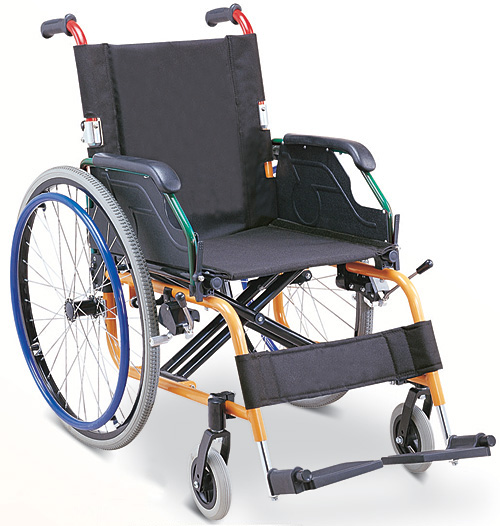Fight against hallux valgus – hallux of the big toe!
The most important thing to realize is that hallux valgus (hallux, hallux , also commonly called hallux of the big toe), is not just a cosmetic problem. Hallux is an orthopedic ailment associated with degenerative disease in the foot. Taking action to stop the worsening of the problem is not a display of vanity, but a concern for health.
A painful bump is usually the end result of a long process of aggravation of abnormal foot function. Inflammation, that is, painful redness, swelling and pain in the big toe should not be an everyday occurrence for anyone. By acting prophylactically on the hallux and protecting the foot from the consequences of its buildup, i.e. calluses, corns, a tailor’s knuckle and deformation of other toes, as well as limited movement of the big toe, a marked improvement in quality of life can be felt very quickly.
WHAT IS A HALLUX?
A hallux valgus toe is otherwise known as a deformity of the metatarsophalangeal joint. As a result of such a deformity, the first metatarsal bone twists, pointing to the outside of the foot, while the big toe undergoes lateral deviation toward the other toes, which is why the problem is referred to as “hallux valgus of the big toe.”
CAUSES OF HALLUX VALGUS FORMATION
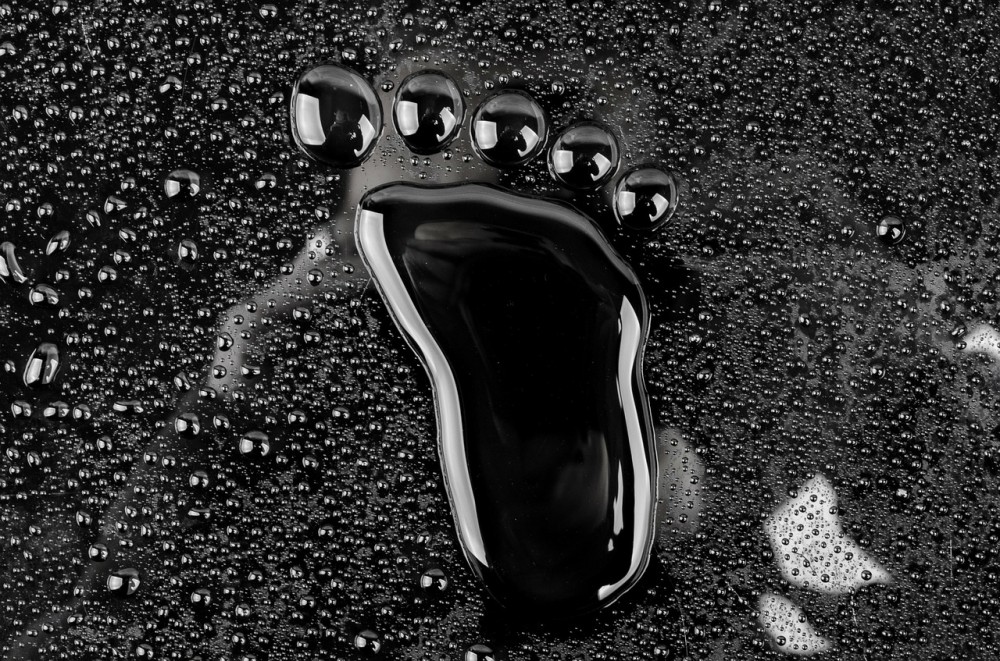
Genes are mainly responsible. If either parent has hallux valgus, the chances of passing it on to offspring are very high. The tendency is most often passed on in the female line – lesions affect women up to 9 times more often than men. This is due to the structure of women’s feet, whose muscular-ligamentous-articular system is much weaker. Men’s feet have tougher ligaments, making the foot more compact and resistant to the formation of deformities. Men also have a less mobile joint system, so they are less likely to suffer from toe deformity. Besides – hallux valgus is a disease of civilization. This deformity occurs mainly among members of the shoe-wearing population. Add to this that the cause is not the shoes themselves, but rather their inappropriate shape, high heel and narrow noses. Unfortunately, few people are aware that the so-called “”new” world. The stiletto puts a lot of strain on the forefoot, resulting in improper toe alignment. If we add to these factors an overweight person with a genetic predisposition or his or her standing work mode – a crooked toe is unfortunately guaranteed.
PREDISPOSITION TURNS INTO PAINFUL DEFORMITY
Hallux in its early stages is often underestimated. As long as the patient is not in severe pain and the deformity is not yet obvious, he delays consultation with a specialist. Treatment is expected with an already advanced form. Diagnosis of hallux valgus (hallux of the big toe) is made on the basis of visible changes and symptoms reported by the patient. Under the influence of toe deformities, the biomechanics of the foot changes: the weight of the body is not evenly distributed, the toe is no longer a good point of support for the foot.
As a result, the strength of the structures that support and stabilize the foot deteriorates. The muscles are weakened, and in some cases there is inflammation of the joint capsule.In the case of a less advanced stage of the pathology, conservative treatment can be applied, involving the wearing of special orthotics, wedges or braces that drain the toe to the outside. In cases of significant pain, hypertrophy of the distal epiphysis of the metatarsophalangeal phalanx, surgery is indicated. In the advanced form of the pathology in question, pain may occur not only in the toe, but covering the area of almost the entire foot.
Deformities of the remaining fingers, known as hammer toes, appear. These deformities lead to the development of degenerative changes, and it sometimes happens that the toe crosses over the second toe or twists around its axis. Such symptoms make it much more difficult to move around and create problems finding footwear.e2

PREVENTION OF HALLUX VALGUS
About prevention in the shortest terms: take care of your feet! Easy to say, harder to comply with even basic requirements. People at risk for clubfoot should maintain a normal body weight so as not to overload muscles, ligaments and tendons with excessive pressure from their own weight. If it is necessary to stand for a long time, crisscross from leg to leg or squat if possible, relieving pressure on the feet. It is best to use shoes with a flat sole or small heel, without narrow noses or other elements that cause unnecessary pressure. Regular foot exercise, indeed any exercise that engages the feet, will also help.
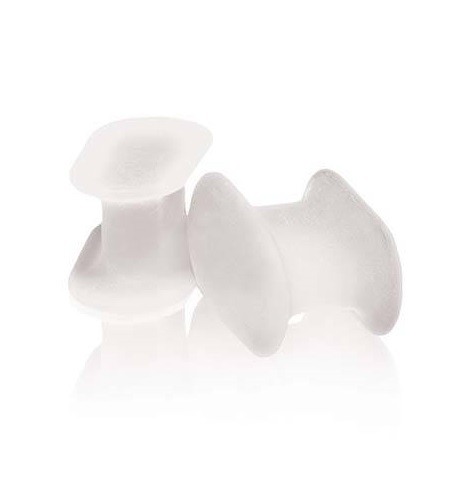
However, if this doesn’t seem enough to us, because hallux has already appeared in us – special medical aids are available in medical stores, for use at any stage of the lesions. The main help is hallux plasters or gel covers – their task is to evenly distribute the forces acting on the big toe and offset the pressure(wedge with Comfort Plus cover). Sometimes these patches are soaked in substances with healing properties, in which case they prevent abrasions and soften the hardened skin of the hallux. There are also corrective braces that can be used to compensate for the bending of the toe(Marcin corrective braces). Their advantage is that they can be used at night while sleeping and that you can adjust the strength of the toe alignment correction yourself. There are also braces for everyday wear, for walking, they also allow you to achieve a satisfactory result. Such a device looks like a kind of brace or bandage, which, with the help of tapes, allows gradual correction of the toe’s bending back to the physiological position(Marcin II and Marcin II Luxcorrective device ). A novelty is corrective braces designed to be used during the day-they then ensure the correct positioning of the toe when walking and do not interfere with the wearing of shoes(Bunito Duo braces).
It is very important to take care of the proper position of the toe during gait, which is why these insoles are growing in popularity. A certain variety of corrective braces are wedges, otherwise known as separators(Comfort interdigital wedges). These are insoles inserted between the big toe and the adjacent toe, which are designed to relieve pressure on the toes, eliminate friction between them and eliminate pain associated with overlapping toes. These inserts should be removed at night, and can be washed and used repeatedly.
-
 Hallucomfort – Hallux valgus correcting device
Hallucomfort – Hallux valgus correcting device -
 Exercise Resistance Tape
Exercise Resistance Tape -
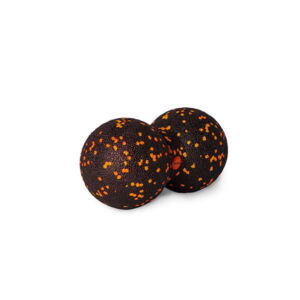 Duoball Mini rehabilitation roller QMED
Duoball Mini rehabilitation roller QMED -
 QMED acupressure mat
QMED acupressure mat -
 QMED yoga mat
QMED yoga mat -
Product on sale
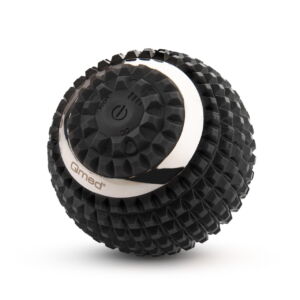 QMED vibrating massage ballOriginal price was: 139,00 zł.125,00 złCurrent price is: 125,00 zł.
QMED vibrating massage ballOriginal price was: 139,00 zł.125,00 złCurrent price is: 125,00 zł. -
Product on sale
 QMED Deep Tissue Massage GunOriginal price was: 443,64 zł.319,00 złCurrent price is: 319,00 zł.
QMED Deep Tissue Massage GunOriginal price was: 443,64 zł.319,00 złCurrent price is: 319,00 zł. -
Product on sale
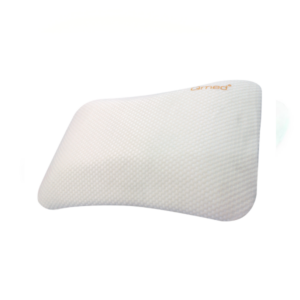 Vario Pillow Sleeping PillowOriginal price was: 212,00 zł.159,00 złCurrent price is: 159,00 zł.
Vario Pillow Sleeping PillowOriginal price was: 212,00 zł.159,00 złCurrent price is: 159,00 zł. -
Product on sale
 Contour Pillow orthopedic sleep pillow with indentationCena od 155,00 zł
Contour Pillow orthopedic sleep pillow with indentationCena od 155,00 zł -
Product on sale
 Standard Plus orthopedic sleep pillow with indentationOriginal price was: 145,00 zł.115,00 złCurrent price is: 115,00 zł.
Standard Plus orthopedic sleep pillow with indentationOriginal price was: 145,00 zł.115,00 złCurrent price is: 115,00 zł.
CURE HALLUX?
Conservative treatment can be effective in a proportion of patients with little pathology. Adequate lifestyle changes, weight reduction, exercise, shoe changes and extensive rehabilitation can give good treatment results. Unfortunately, when the changes in the foot are advanced, only surgical correction of the hallux valgus toe can bring cure or improvement. As a result of soft tissue plasty, full correction of hallux valgus toes can be achieved in cases of incipient pathology, with a small angle of deformity. When the deformity is advanced, with a high angle of deformity, the only treatment is various types of bone tissue procedures, supplemented by soft tissue plasticity.
COMPLICATIONS ARE NO JOKE
The appearance of local inflammation is one of the more common reasons why hallux valgus is painful. The inflammation may be accompanied by redness, burning, as well as swelling and pain at the level of the metatarsal joint or pain in the toe. The progressive nature of the disease can lead to additional changes in the foot such as clawed toes, hammer toes, and metatarsalgia (metatarsal pain). The deformity can also cause changes in walking and pain in the knee joints and even in the lumbosacral region of the spine.
The progressive deformity of the foot, manifested by a clubfoot, can lead to transverse flatfoot. Flat feet can occur because the weight of the body that acts on the deformed foot is distributed unevenly – the forefoot is loaded. In addition, the 2nd toe of the foot lifts and overlaps the toe, which is curved toward it. The foot loses its normal structure – the result – a lowered transverse arch of the foot and eventually its complete disappearance. In addition, as the valgus deformity of the toe progresses, painful calluses may appear on the sole of the foot as a result of strain and pressure on the deformed bones.
The hallux valgus toe, due to the accompanying other deformities of the foot, changes in its normal function and symptoms from other toes, is not a single defect but a whole complex of forefoot deformities. Nowadays, there are a number of therapeutic methods by which the pain can subside and the foot can regain its normal shape and function.
-
 Hallucomfort – Hallux valgus correcting device
Hallucomfort – Hallux valgus correcting device -
 Exercise Resistance Tape
Exercise Resistance Tape -
 Duoball Mini rehabilitation roller QMED
Duoball Mini rehabilitation roller QMED -
 QMED acupressure mat
QMED acupressure mat -
 QMED yoga mat
QMED yoga mat -
Product on sale
 QMED vibrating massage ballOriginal price was: 139,00 zł.125,00 złCurrent price is: 125,00 zł.
QMED vibrating massage ballOriginal price was: 139,00 zł.125,00 złCurrent price is: 125,00 zł. -
Product on sale
 QMED Deep Tissue Massage GunOriginal price was: 443,64 zł.319,00 złCurrent price is: 319,00 zł.
QMED Deep Tissue Massage GunOriginal price was: 443,64 zł.319,00 złCurrent price is: 319,00 zł. -
Product on sale
 Vario Pillow Sleeping PillowOriginal price was: 212,00 zł.159,00 złCurrent price is: 159,00 zł.
Vario Pillow Sleeping PillowOriginal price was: 212,00 zł.159,00 złCurrent price is: 159,00 zł. -
Product on sale
 Contour Pillow orthopedic sleep pillow with indentationCena od 155,00 zł
Contour Pillow orthopedic sleep pillow with indentationCena od 155,00 zł -
Product on sale
 Standard Plus orthopedic sleep pillow with indentationOriginal price was: 145,00 zł.115,00 złCurrent price is: 115,00 zł.
Standard Plus orthopedic sleep pillow with indentationOriginal price was: 145,00 zł.115,00 złCurrent price is: 115,00 zł.



